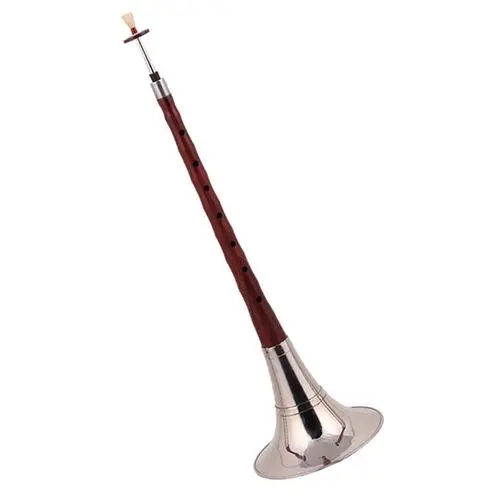Basic knowledge of suona playing: the use of chi
There are three breathing methods for wind music: thoracic breathing, abdominal breathing, and thoracic and abdominal breathing. Playing suona is the chest-abdominal breathing method (commonly known as Dantian Qi), which is currently recognized as the most scientific method.

Here is a brief introduction to chest and abdominal breathing:
1. Inhale
When inhaling, relax the lower abdomen, use the mouth and nose to quickly inhale the air at the same time, and reach the dantian, that is, the lower abdomen, as much as possible, this should have a feeling of full air pressure on the abdomen and waist Dantian), the chest and waist feel relaxed. There is another saying that the lower abdomen contracts when inhaling, which is wrong at this time. Because playing suona requires a large amount of air, the lower abdominal contraction volume is very small, which cannot meet the air consumption during suona playing, and the longer the playing time, the greater the damage to the lungs, so this method is not advisable.
2. Exhale
When exhaling (when playing the suona), the lower abdomen gradually contracts as the suona is played, and the air is exhaled in a controlled and uniform manner, so that the suona maintains its pitch and the sound is round and beautiful.
So how does it count as qigong passing? Whenever you inhale, the qi can quickly reach the dantian, and the lower abdomen is not intentionally inflated, and the qi can be used freely, long or short, even if the qigong has passed the test.
 渝公网安备 50010702504639号
渝公网安备 50010702504639号